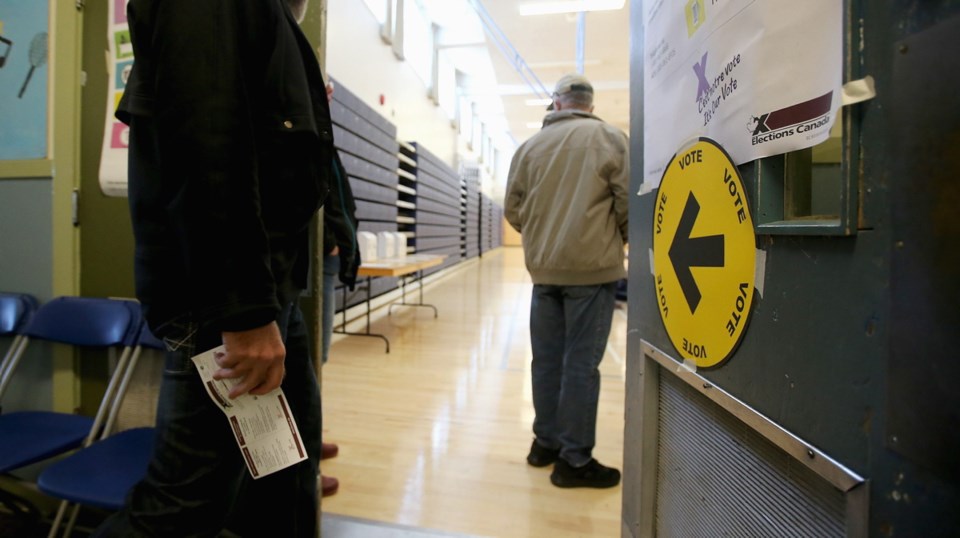By late Monday evening we should know who will be running the country for the next four years. As it stands, virtually all of the polling points to a minority government as the most likely outcome.
At the beginning of the campaign, the Liberals would have been favourite to form such an administration. However a recent surge in support for the Bloc Québécois complicates matters.
If the Bloc can increase its seat count, it will probably come at the expense of the Liberals, who have traditionally done well in Quebec. If that happens, it might conceivably open the door for the Tories.
The bigger question however, is what happens next. Initially NDP leader Jagmeet Singh said he would “absolutely” be willing to support any minority government except one led by the Conservatives.
Likewise, Justin Trudeau has said he’s not interested in such an arrangement. Possibly there has been some public backlash to the idea of a stitch-up.
However, even if a formal coalition is ruled out, we could see a situation similar to the NDP/Green alliance in sa���ʴ�ý Here, the Greens didn’t formally join John Horgan’s government, meaning they didn’t accept seats in his cabinet.
But they did agree to support the NDP on key issues, in exchange for commitments on matters of joint importance to both parties.
Singh could probably reach such an agreement with the Liberals, if he wished. Green Leader Elizabeth May is in a more difficult position. She has said repeatedly she will only support a government that closes the door on more pipelines.
But could Trudeau give such an assurance? His party currently holds 12 seats in Alberta, Saskatchewan and Manitoba combined. How many of those can he hold onto if there is a freeze on additional pipelines? Green support, in other words, might be harder to gain than help from the NDP.
So if we do end up with a minority administration, what points of agreement might emerge? There has been considerable talk of a national pharmacare program. In some form or other, that looks to be a strong possibility.
We could see efforts to reduce the loan burden on post-secondary students, either through a cut in interest rates, or a longer forgiveness period.
And a commitment to lessen the country’s carbon footprint is probably in the cards.
The sticking points are taxation and spending. Here there is a huge divide between the Liberals, who favour more of both, and the Conservatives, who are promising a return to balanced budgets.
Complicating matters, the NDP and Greens have promised even larger spending and taxation measures.
They might conceivably go along with the Liberals, if Trudeau agrees to enrich his package. On the other hand, it’s hard to see how either could support a Conservative administration. The gap is just too large.
That said, if the Tory party does form a minority government with no help from the others, those opposition parties will have to tread carefully. It’s unlikely the voters will want another election, at least for a year or two.
Threatening to bring down such an administration holds dangers of its own. In the 2008 election, Stephen Harper’s Conservative party gained a minority position and governed with no outside help.
Three years later the Tories went on to win a comfortable majority. It was the fourth election in seven years, and voters were clearly fed up with the prolonged period of uncertainty.
All of which is to say, Monday may be the end of the formal campaign, but it might also mark the beginning of intense backroom negotiations, as the smaller parties maneuver to solidify their position. And how long that process might go on is anyone’s guess.



